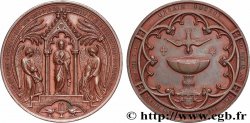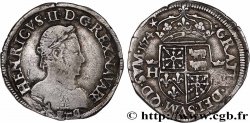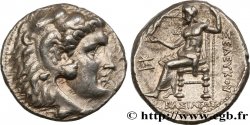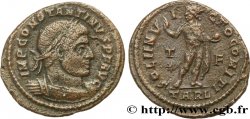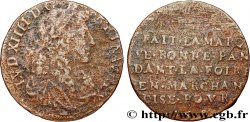Live auction - fmd_831780 - Essai de 10 centimes Lindauer, Cmes souligné 1914 Paris F.137/1
You must signin and be an approved bidder to bid, LOGIN TO BID. Accounts are subject to approval and the approval process takes place within 48 hours. Do not wait until the day a sale closes to register. Clicking on "BID" constitutes acceptance of the terms of use of cgb.fr private live auctions.
Bids must be placed in whole Euro amounts only. The sale will start closing at the time stated on the item description; any bids received at the site after the closing time will not be executed. Transmission times may vary and bids could be rejected if you wait until the last second. For further information check the Live auction FAQ
All winning bids are subject to a 18% buyer’s fee.
All winning bids are subject to a 18% buyer’s fee.
| Estimate : | 12 000 € |
| Price : | 7 800 € |
| Maximum bid : | 9 005 € |
| End of the sale : | 06 June 2023 18:50:14 |
| bidders : | 3 bidders |
Type : Essai de 10 centimes Lindauer, Cmes souligné
Date: 1914
Mint name / Town : Paris
Quantity minted : ---
Metal : nickel
Diameter : 21 mm
Orientation dies : 6 h.
Weight : 4 g.
Edge : lisse
Rarity : R3

Slab

NGC : MS69
Coments on the condition:
Sous coque NGC MS69
Catalogue references :
Obverse
Obverse legend : R-F AUTOUR D'UN ROND PERFORÉ.
Obverse description : Bonnet phrygien à gauche orné d’une cocarde, dans une couronne formée de deux branches de chêne nouées par un ruban ; signé au-dessous EM. LINDAUER.
Reverse
Reverse legend : LIBERTÉ. ÉGALITÉ / FRATERNITÉ / 10 - CMES / 19-14 / ESSAI.
Reverse description : au-dessus et de part et d'autre d'un trou central bordé d'un listel entouré par une branche d'olivier en deux rameaux dont la base coupe le millésime placé à six heures ; le listel extérieur est doublé d'un ruban continu et dextrogyre reprenant la forme d'un épi de blé.
Commentary
Cet essai est bien en nickel, il réagit à l’aimant. Rarissime exemplaire, c’est seulement la troisième fois que nous proposons cette monnaie à la vente. Monnaie dans un état de conservation exceptionnel, il s’agit du nouvel exemplaire de la Collection Idéale.
This coin is indeed nickel, and it reacts to magnets. An extremely rare specimen, this is only the third time we have offered this coin for sale. This coin is in exceptionally well-preserved condition and is the newest specimen in the Ideal Collection.
This coin is indeed nickel, and it reacts to magnets. An extremely rare specimen, this is only the third time we have offered this coin for sale. This coin is in exceptionally well-preserved condition and is the newest specimen in the Ideal Collection.







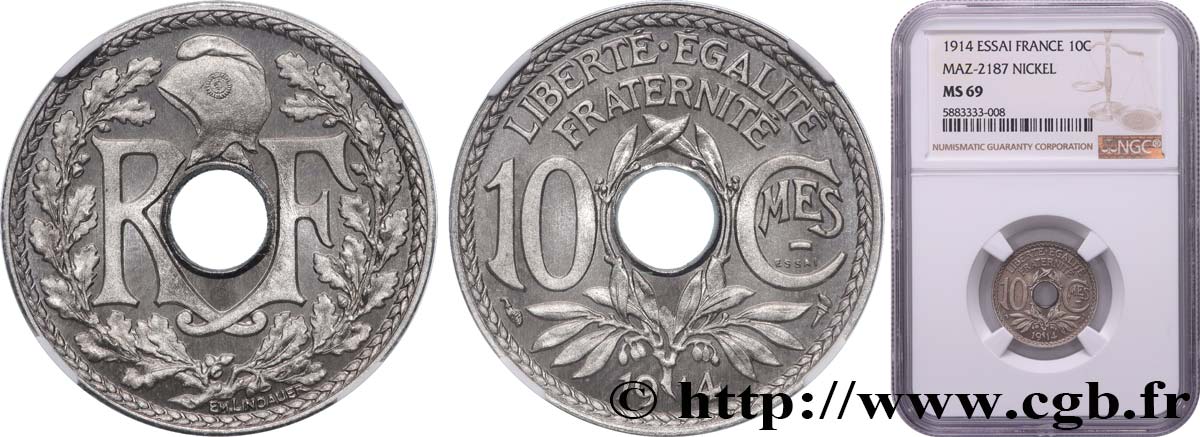
 Report a mistake
Report a mistake Print the page
Print the page Share my selection
Share my selection Ask a question
Ask a question Consign / sell
Consign / sell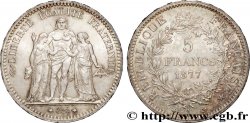
 Full data
Full data
